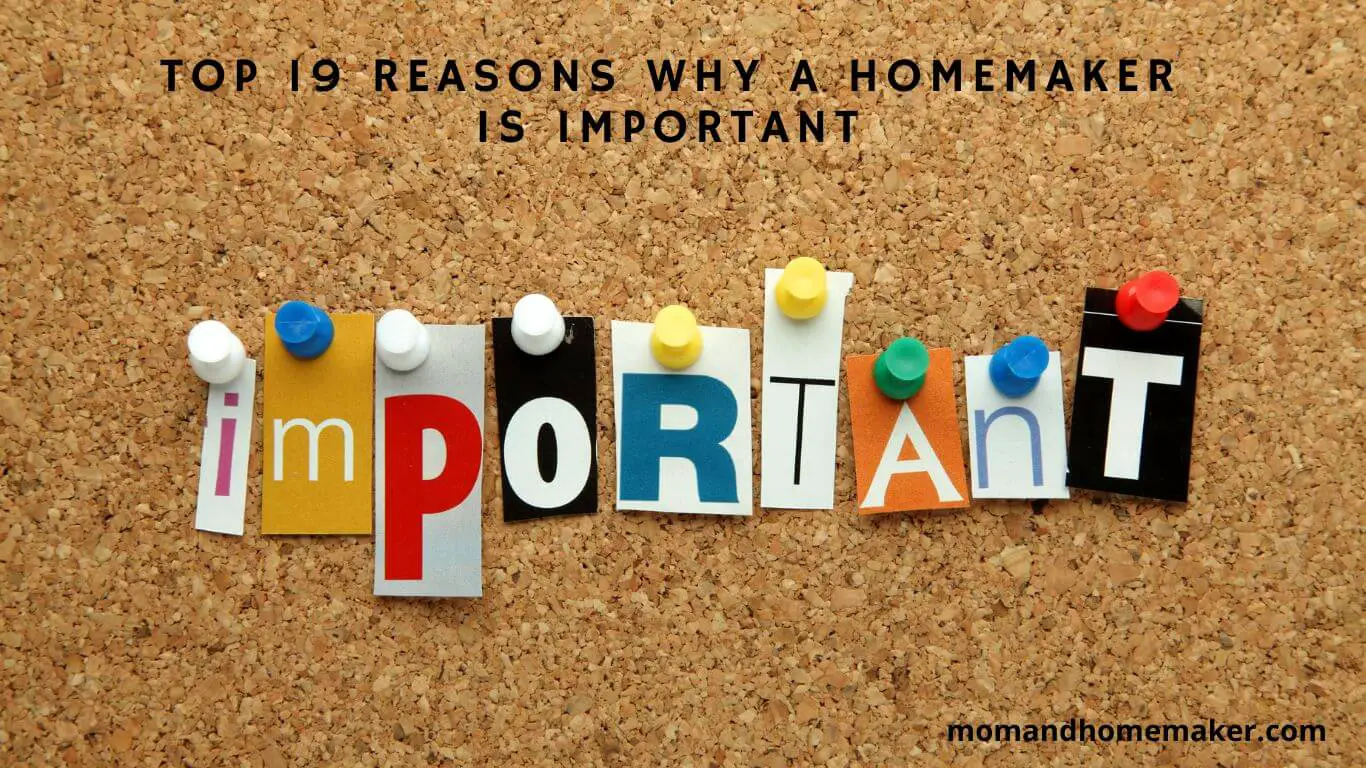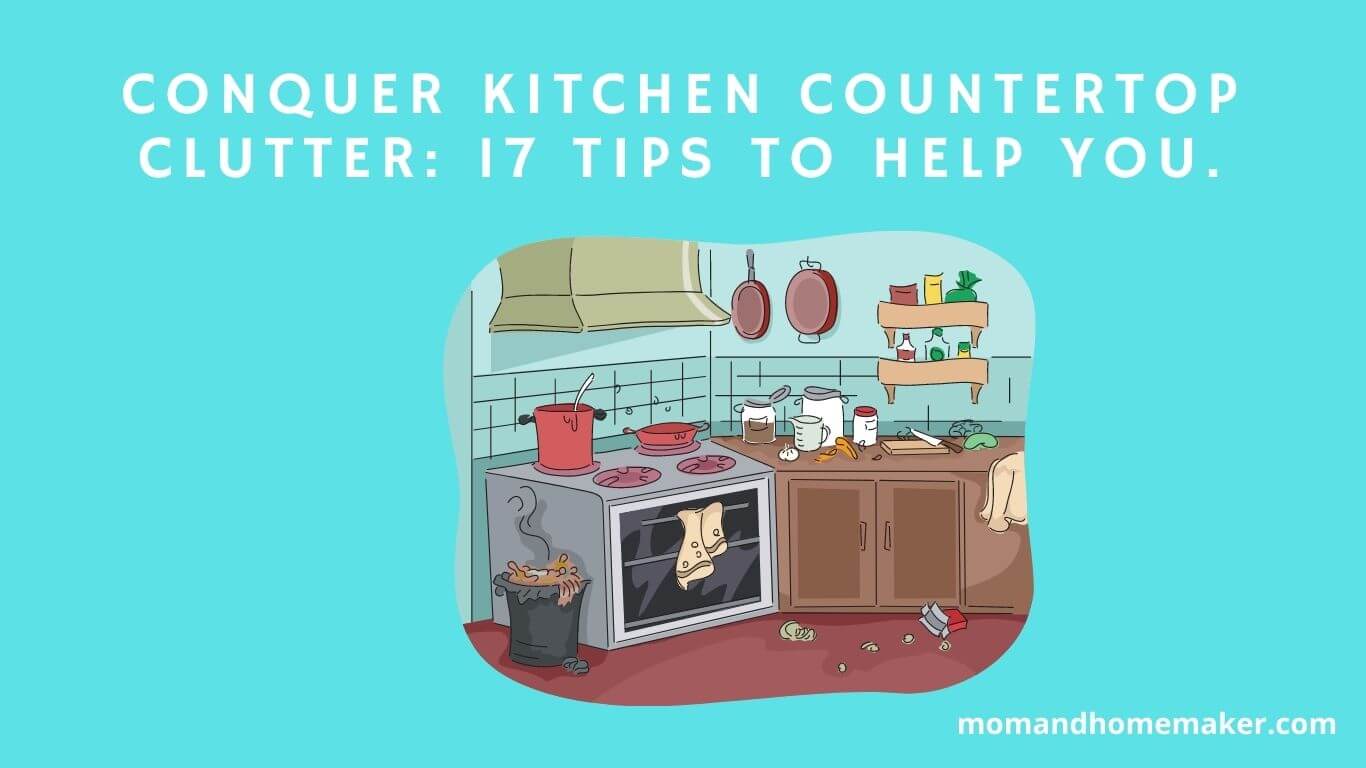Organizing your pantry can make meal planning a breeze. A well-organized pantry can save you both time and money by allowing you to quickly and easily find the ingredients you need to make delicious meals at home. In this blog post, we will share with you the 15 best ways to organize your pantry for easy meal planning.
From proper labeling and storage containers to smart shelving solutions, we’ve got plenty of tips and tricks to help you build a pantry that works for you. So, whether you’re a seasoned cook or just starting out in the kitchen, keep reading to learn how to get the most out of your pantry space.
1. Turn shelves into drawers:
This will help you see everything you have and make it easier to reach items that are tucked away. A simple solution is to turn your shelves into drawers! This easy hack allows you to see everything you have and makes it easier to reach items that are tucked away in the back.
With drawers, you can pack your pantry full of food without worrying about losing items in the depths of your shelves. Plus, it adds a sleek and organized look to your pantry. So go ahead, transform your shelves into drawers, and enjoy the convenience of easily accessible and visible pantry items.
2. Take inventory:
Before organizing your pantry, make a list of the items you have, and throw away anything that’s expired. Now that you’ve cleaned your pantry thoroughly, it’s time to get to work and start organizing it. The first step is to take inventory of everything you have.
This means making a list of all the items in your pantry and getting rid of anything that has expired. It may be hard to throw out food but think of it as making space for fresh, healthy options. Once you’ve cleared out expired items, you’ll be able to see what you have, and that will make it easier to decide how to group similar items together.
This is a crucial step in organizing your pantry, so take your time with it. Remember to keep the most frequently used items within reach and consider investing in shelving or containers to maximize your space. With a little bit of effort and organization, meal planning will be a breeze.
3. Group food into categories:
Categorize your food items based on your lifestyle, whether it’s weeknight dinners, portable lunches, or baking. Now that you’ve taken inventory and cleaned your pantry shelves, it’s time to start categorizing your food items based on your lifestyle.
This will make meal planning a breeze. Sort your items by the types of meals you typically prepare. Do you tend to cook quick and easy weeknight dinners, pack portable lunches for work, or bake sweet treats on the weekends? Make separate sections in your pantry for each type of meal, with all the necessary ingredients grouped together.
This will not only save you time but also help you keep track of what you need to restock. Plus, grouping your food items by category will make it easier to see what ingredients you have on hand and inspire you to get creative with your meal planning.
4. Designate a spot for frequently used items:
Put the items you often use at eye level, making them easy to grab. Now that you’ve taken inventory and grouped your food into categories, it’s time to start organizing your pantry. Designating a spot for frequently used items is key to a functional and efficient pantry.
Put these items at eye level, making them easy to grab when you need them. This could be your favorite cereal or a quick snack for the kids. Reserve the shelves above and below these items for lesser-used products, keeping your pantry organized and clutter-free. By following these simple steps, you’ll make meal planning and preparation a breeze.
5. Use open shelving:
Open shelves allow you to see what you have, making meal planning easier. When it comes to organizing your pantry for easy meal planning, open shelving is your friend. By using open shelves, you can easily see all of your food items, making it simpler to figure out what you need to buy for your next grocery run. Plus, open shelves give your pantry a clean and organized appearance, making it a pleasure to use.
To make the most of your open shelving, keep items of similar heights on the same shelf. For example, place tall boxes of cereal or bags of chips on the top shelf, while shorter cans and boxes go on the bottom shelf. You can also use baskets or containers to group similar items, like baking supplies or snacks.
Another benefit of open shelving is that it allows you to easily switch up your pantry’s organization whenever you need to. As you try out new recipes or buy new ingredients, you can simply move things around on the shelves until they’re organized in a way that’s most convenient for your needs.
With these tips for using open shelving in your pantry, you’ll find that meal planning and grocery shopping are much easier and more enjoyable. When everything has its own spot and is easy to access, you’ll feel more inspired to cook and create in the kitchen.
6. Keep shelves clean:
Make sure to clean your shelves before organizing your pantry. Now that you’ve taken inventory and categorized your food items, it’s time to clean your pantry shelves. Keeping your shelves clean is an essential part of maintaining a healthy and organized pantry. Before organizing your pantry, make sure to scrub down the shelves to remove any dirt or bacteria.
Use warm water and soap, and don’t forget to dry off the shelves before organizing your food items. Cleaning your shelves will also help you get a better idea of what you have in your pantry, and it’ll make it easier to decide what items you need to keep and what you need to toss.
So grab some cleaning supplies and get ready to give your pantry a fresh start. Remember, a clean and organized pantry will help you plan and prepare meals more efficiently, saving you time and minimizing food waste.
7. Use food storage containers:
Containers are perfect for organizing food that comes in large bags or boxes. Now that you’ve grouped your food items into categories, it’s time to tackle the cluttered mess of bags and boxes. This is where food storage containers come in handy.
They’re perfect for organizing food items that come in large bags or bulky boxes, ensuring everything is neat and easy to find. Plus, with clear, see-through containers, you’ll always know what you have and when you’re running low. Remember to label each container so you can easily identify what’s inside.
Not only do containers make it easier to find what you need, but they also keep your food fresher for longer by protecting it from moisture and air. Say goodbye to stale chips and crackers or dry baking ingredients, and hello to organized and fresh food with the help of food storage containers.
8. Label everything:
Labeling your containers will make it easier to find what you need. Now that you have sorted your pantry items into categories and invested in some food storage containers, it’s time to label everything. This simple step can save you a lot of time and hassle in the long run.
Label bins, containers, and shelves so everyone in your household knows where everything is located. You can even use a Bluetooth label maker for a sleek look. Don’t underestimate the power of pretty pantry labels – they add a touch of fun and personality to your pantry organization.
By labeling your jars, you’ll be able to see what you need at a glance. Plus, when it’s time to go grocery shopping, you’ll know exactly what you already have on hand. Trust us, labeling everything may seem like a small task, but it will make a big difference in the functionality of your pantry.
9. Install pull-out cabinet systems:
Pull-out cabinets make it easy to access the items you need without having to reach all the way to the back. Now that you’ve grouped your food into categories and designated spots for frequently used items, it’s time to consider installing pull-out cabinet systems. These cabinets make it incredibly easy to access the items you need without having to reach all the way to the back of your pantry.
This way, you can easily pull out the cabinet and grab whatever you need quickly and efficiently. No more struggling to find those hidden cans or boxes of pasta! With pull-out cabinet systems, you’ll have a well-organized and easy-to-use pantry that will make meal planning and prep a breeze.
10. Use wall space:
Hanging pot racks are a great way to use wall space and keep your pans organized. Now that you’ve tackled organizing your pantry shelves, it’s time to utilize your wall space. One great solution is to hang a mounted pot rack to store your cookware of various shapes and sizes, as well as smaller tools and utensils like strainers, spatulas, and spoons.
This will save you cabinet space while keeping everything within arm’s reach. Plus, it adds a stylish element to your kitchen décor. When hanging the pot rack, make sure it’s secured properly, positioned at a comfortable height, and not placed in a spot that interferes with other items, such as your knife rack or spice caddy. By thinking outside of the box and making the most of your wall space, you’ll open up new possibilities for organizing your pantry and keeping everything in its place.
11. Store items by size:
Store taller items on the top shelf and shorter items on the bottom shelf. When it comes to organizing your kitchen pantry, one important consideration is storing items by size. It makes sense to store taller items on the top shelf and shorter items on the bottom shelf to maximize space and make it easier to find what you need.
This organization tip is especially important when you have limited shelf space or tall cabinets. By grouping items based on their size, you can save tons of space and avoid having to stack items on top of each other, which can lead to disorganization and waste.
So, take a few minutes to consider the size of your pantry items and create a system that works best for you. By doing so, you’ll make meal planning a breeze and enjoy a clutter-free pantry.
12. Keep snacks in one spot:
Store all your snacks in one spot, making it easy to find the perfect treat. Now that you’ve taken inventory of your pantry and categorized your food items, it’s time to think about snacks. Keeping all your snacks in one spot is a great way to easily find the perfect treat. Use storage bins to store individually packed snacks like chips or cookies.
Stack these bins on a bottom shelf for easy access, and label each one with the name of the snack. If you have larger snack items like crackers or trail mix, use clear canisters to store them, and place them on a top shelf. This way, you won’t have to shuffle through bags to find what you’re looking for. Keeping your snacks organized will not only save you time but also make your pantry look tidier. Plus, when you’re craving a snack, you’ll know exactly where to go.
13. Store Rescue Meal ingredients:
Make sure to always have the ingredients for your favorite Rescue Meal recipes. Another great way to organize your pantry for easy meal planning is to ensure that you always have the necessary ingredients for your favorite Rescue Meals on hand. You never know when you might need them.
Consider designating a specific area of your pantry for these ingredients, so they’re always easy to find. Make a list of your go-to recipes and their required ingredients, and stock up on non-perishables like canned goods, rice, and pasta. This will save you time and stress when meal planning, especially when you’re short on time.
Remember, having these ingredients on hand also helps in reducing food waste and hunger. So, make sure to regularly check your pantry and restock as needed. Happy meal planning!
14. Keep a step stool handy:
Keep a folding step stool in your pantry for items on high shelves. Now that you’ve organized your pantry, you might still have trouble reaching items on high shelves. That’s why it’s important to keep a folding step stool handy. You won’t have to strain or use unsafe methods to reach those essential items anymore.
Just grab your step stool and safely grab what you need. It’s the perfect solution for maximizing your space and making meal planning effortless. So, don’t forget to keep a folding step stool in your pantry for easy reach.
15. Create a recipe binder:
Keep all your favorite recipes in one spot, making it easy to plan meals. Now that you’ve organized your pantry with shelves turned into drawers, grouped your food into categories, and designated spots for frequently used items, it’s time to create a recipe binder.
Keeping all your favorite recipes in one spot makes meal planning a breeze. Gather your handwritten recipe cards, and printed recipes from online sources or magazines, and organize them by categories such as main dishes, desserts, and appetizers. You can even create a personal rating system to keep track of which recipes are family favorites.
Use dividers to separate categories and plastic page protectors to keep your recipes safe from spills and stains. Make sure to label everything for easy reference. With your recipe binder in hand, you’ll be able to quickly and easily plan your meals for the week, saving you time and stress.
Conclusion
In conclusion, organizing your pantry can be a great way to improve the efficiency and effectiveness of your meal planning. It may seem like a daunting task at first, but with a little bit of time and effort, you can get it done in no time.
Start by removing expired items and sorting items into easy-to-navigate categories. Utilize airtight containers to keep items fresh longer, create labels for when you need to quickly grab something, and use organizational products to maximize shelf space.









